The island of Crete, located in the Mediterranean, boasts a diverse landscape that has significantly shaped its economic and social structures. The island’s geography, characterized by towering mountains, fertile plains, and a dramatic coastline, has fostered a range of economic activities, from agriculture and animal husbandry to maritime trade. The island’s ecological diversity, with its varied microclimates and habitats, has further contributed to this economic tapestry. The interplay of geography, ecology, and economy has created a unique cultural landscape in Crete, one that is deeply rooted in the island’s natural environment.
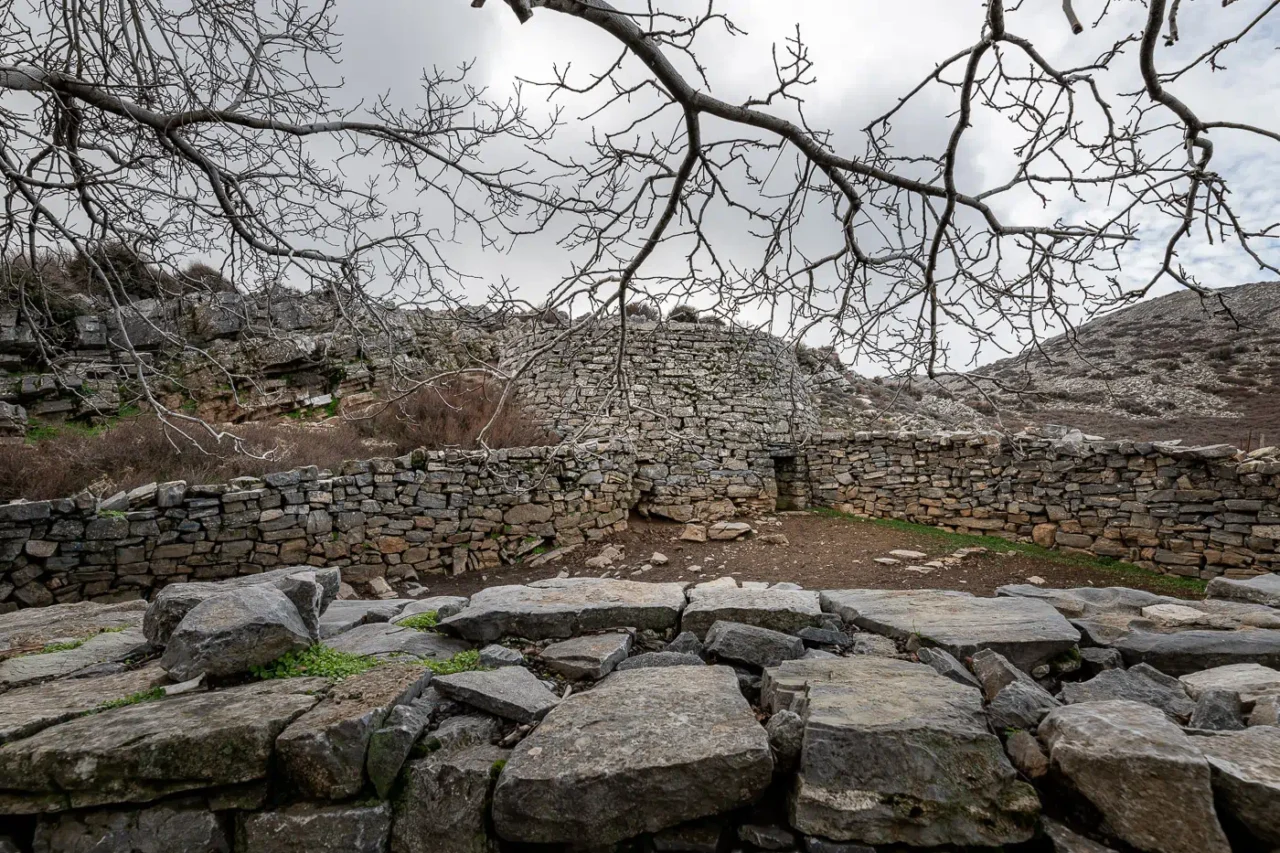
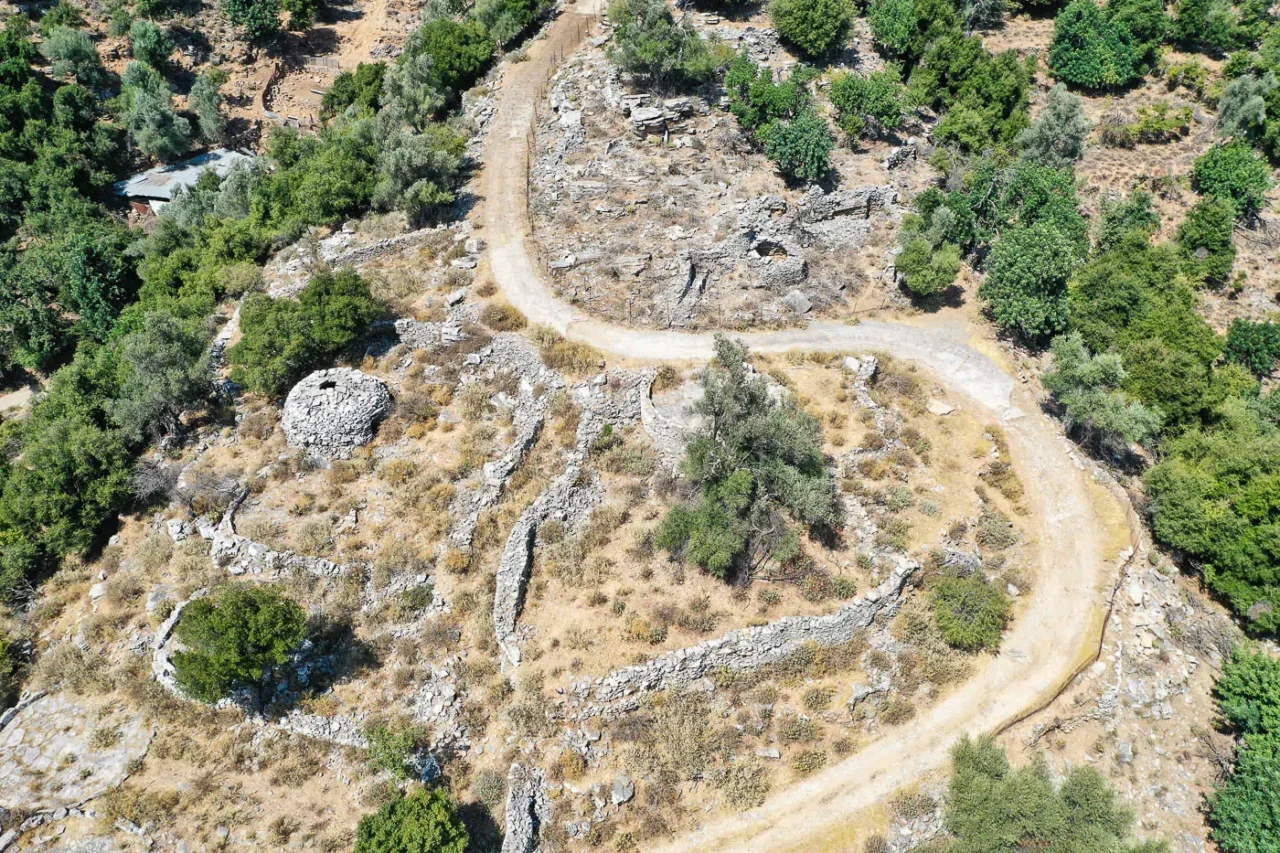
The ‘Katouna System’: A Closer Look
The ‘katouna system’, a cornerstone of Cretan society, is a complex and multifaceted institution. It is not merely a system of land tenure but also a social, economic, and political framework that has shaped the island’s history and culture. The system is based on the principle of communal ownership, where land and resources are held in common by the village community. This communal ownership fosters a sense of collective responsibility and cooperation, as villagers work together to manage and utilize their shared resources.
The ‘katouna system’ also involves a complex set of rules and regulations governing the use of land and resources. These rules, often passed down through generations, ensure the sustainable use of resources and the equitable distribution of benefits among community members. The system also includes mechanisms for conflict resolution, ensuring that disputes are settled peacefully and fairly.
The ‘katouna system’ has played a crucial role in preserving the Cretan landscape. By promoting sustainable resource management and discouraging overexploitation, the system has helped to maintain the island’s ecological balance. The system has also fostered a sense of stewardship among the Cretan people, encouraging them to care for their land and its resources for future generations.
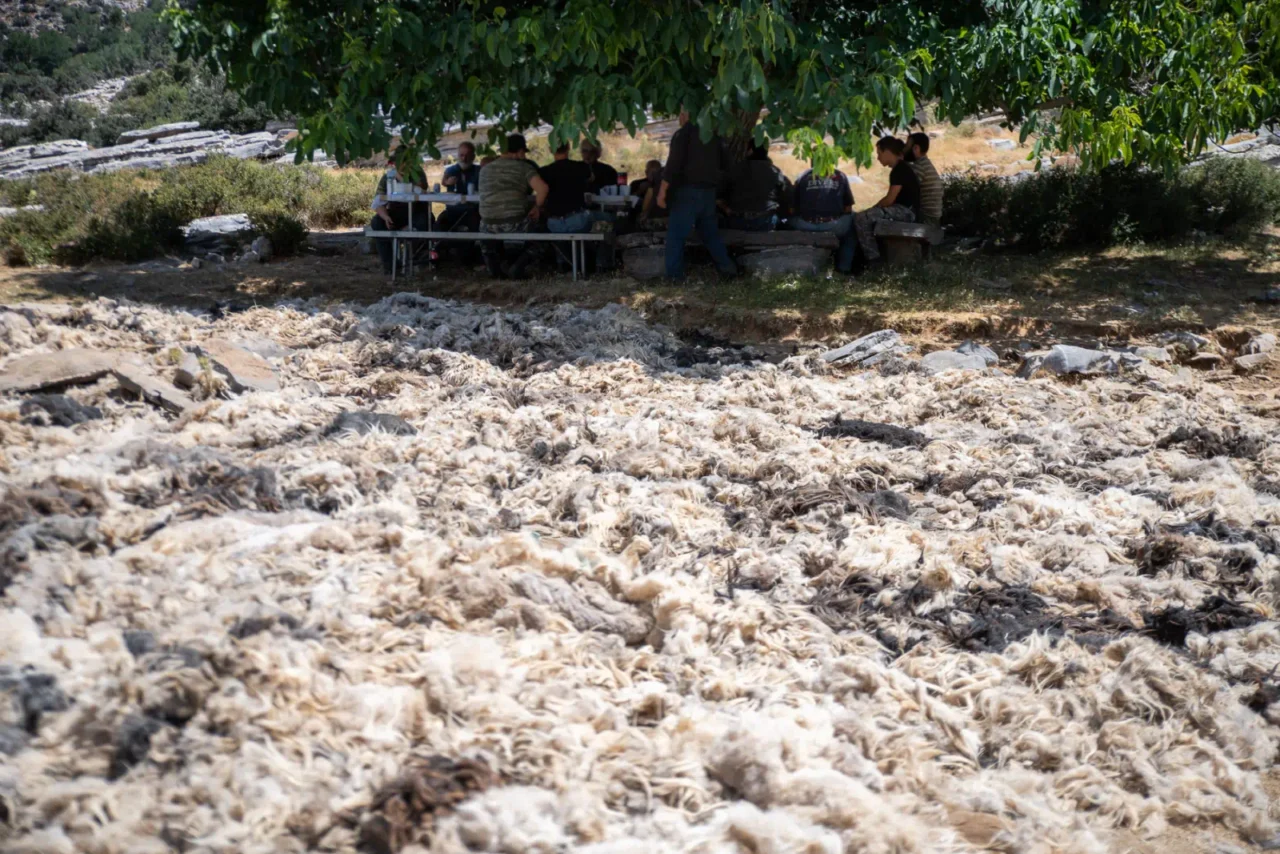
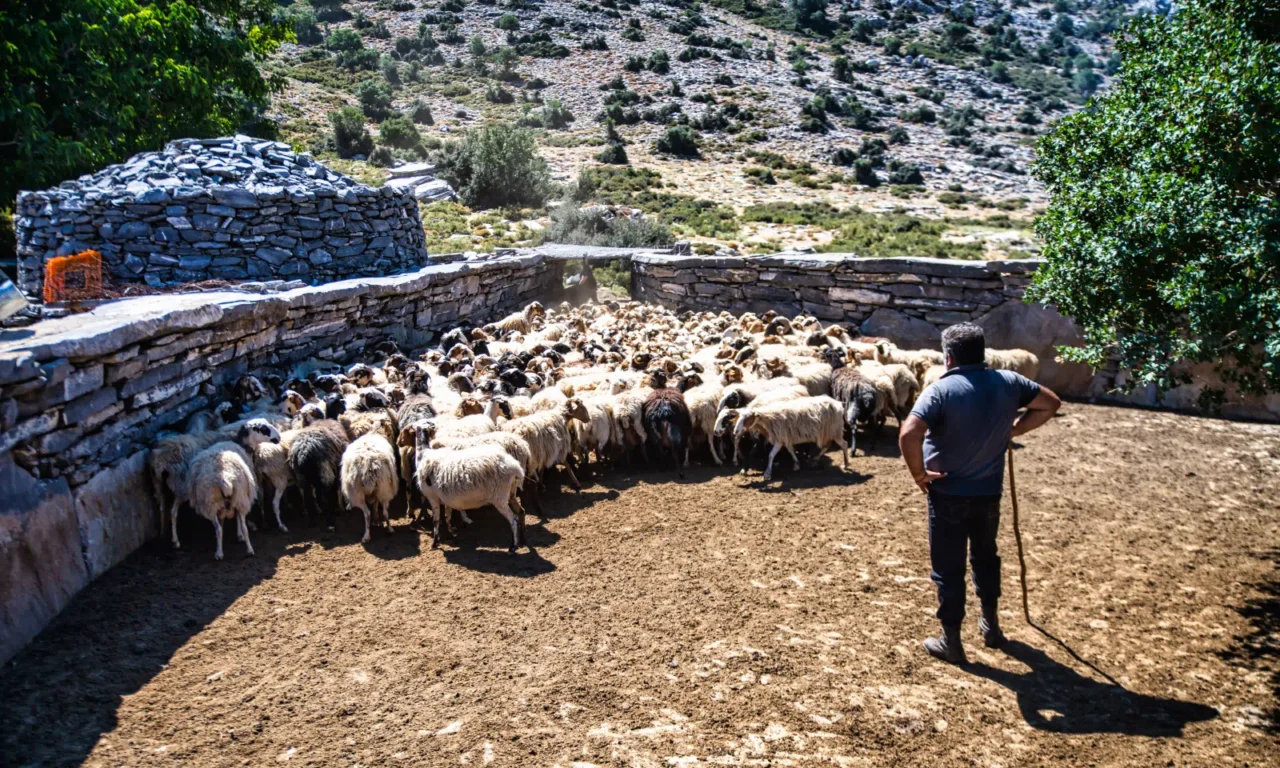
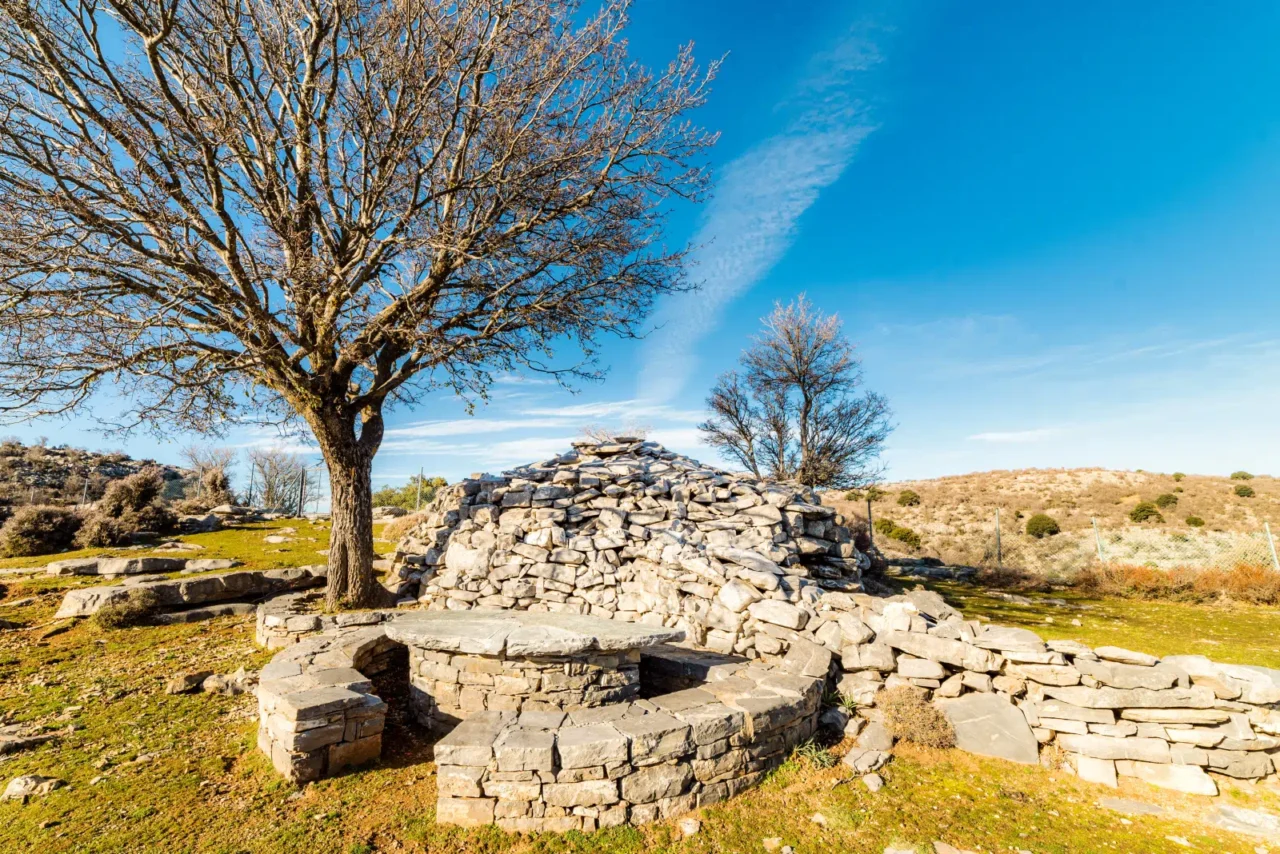
The ‘Mitata’: A Way of Life
The ‘mitata’, seasonal settlements used by shepherds and their flocks, are more than just economic units. They are also social and cultural spaces that embody a unique way of life. The ‘mitata’ are typically located in remote, mountainous areas, where shepherds and their families live in close proximity to their livestock. This close relationship with nature fosters a deep understanding of the environment and its rhythms.
Life in the ‘mitata’ is characterized by hard work, resilience, and a strong sense of community. Shepherds spend their days tending to their flocks, milking their animals, and producing cheese and other dairy products. They also engage in various agricultural activities, such as cultivating small plots of land and gathering wild herbs and fruits. In the evenings, shepherds gather around the fire to share stories, songs, and traditions, strengthening their bonds and passing on their cultural heritage.
The ‘mitata’ represent a harmonious coexistence between humans and nature. Shepherds rely on the natural environment for their livelihood, but they also respect and care for it. They understand the delicate balance of the ecosystem and strive to live in harmony with it. The ‘mitata’ are a testament to the Cretan people’s deep connection to their land and their ability to adapt to its challenges.
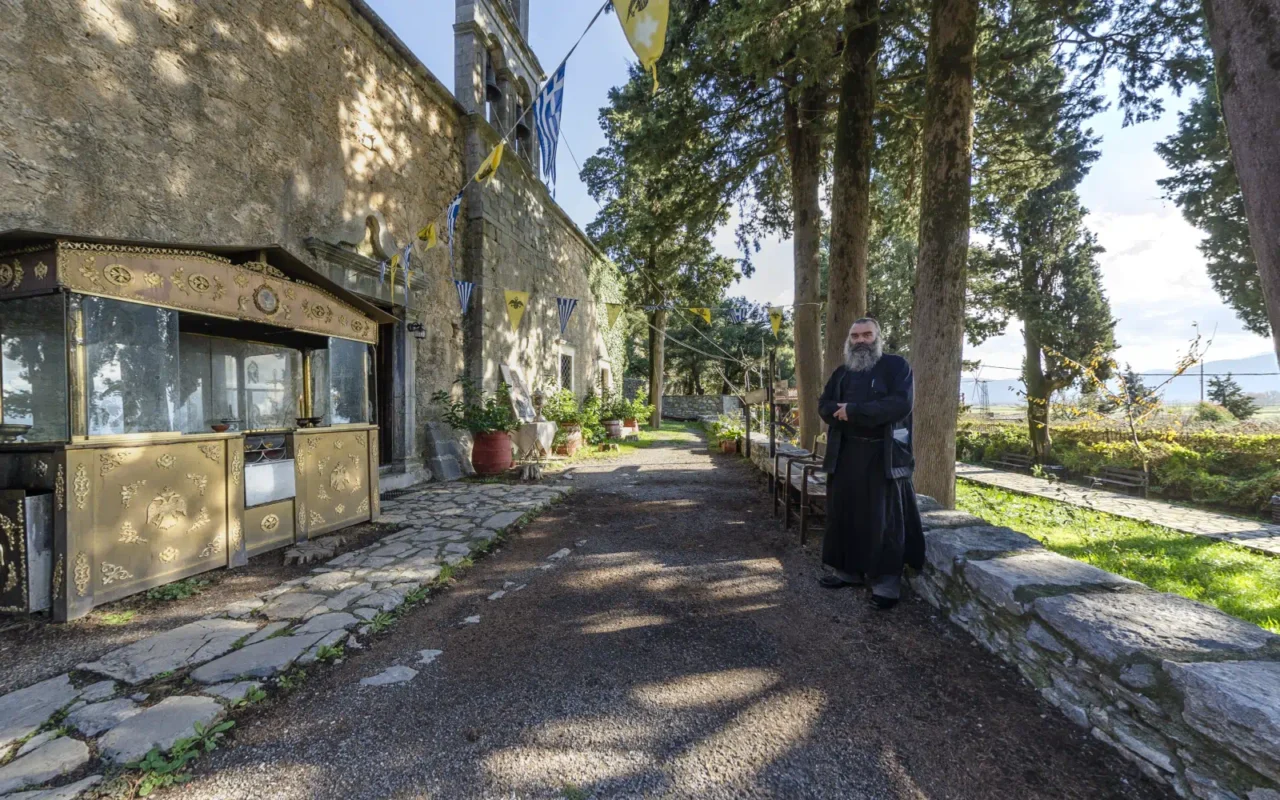
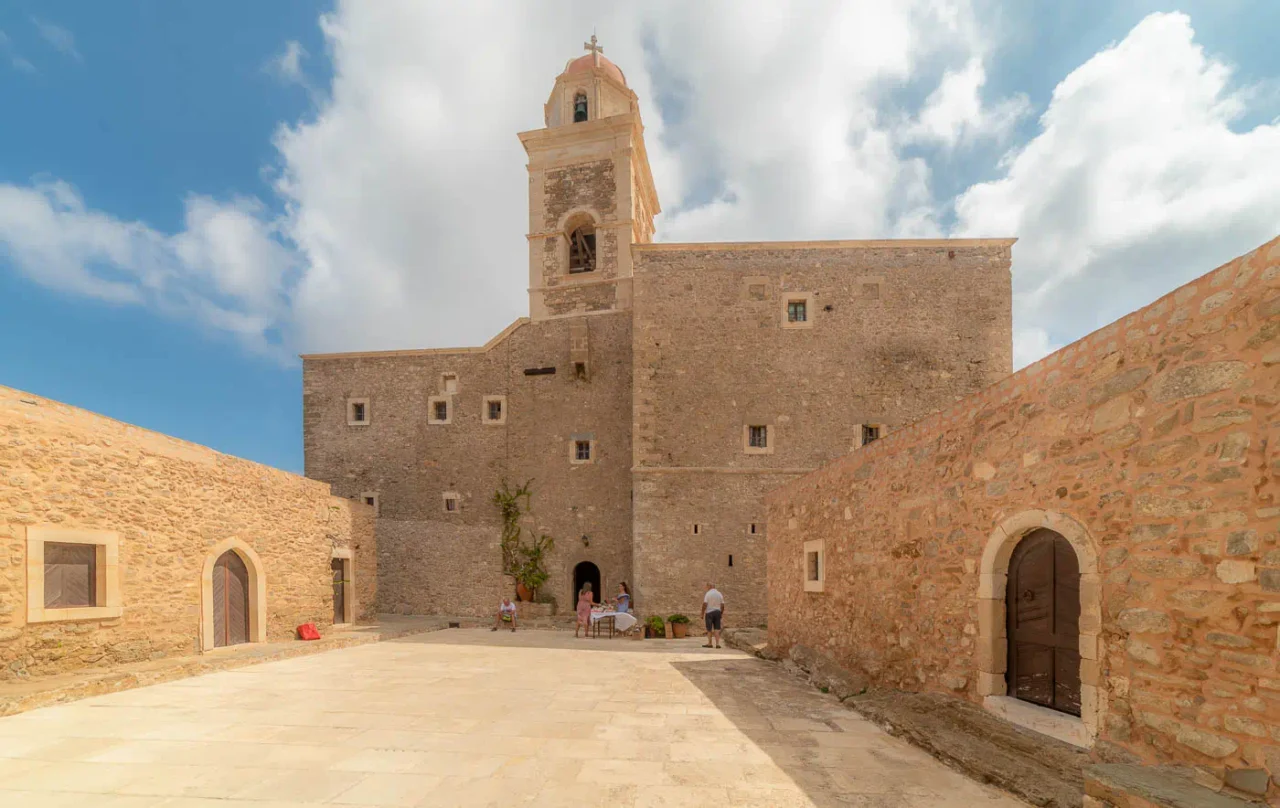
Monasteries and ‘Metochia’: Pillars of Faith and Economy
Monasteries and their associated ‘metochia’ have played a pivotal role in shaping the Cretan landscape. These institutions, often located in strategic positions, have served as both spiritual and economic centers. Monasteries have not only provided religious guidance but also engaged in various economic activities, contributing to the island’s prosperity.
The ‘metochia’, or dependent farms, have been particularly important in this regard. These farms, often located in fertile valleys or coastal plains, have produced a variety of crops and livestock, providing food and resources for the monasteries and surrounding communities. The ‘metochia’ have also served as centers of agricultural innovation, introducing new crops and techniques to the island.
The monasteries and ‘metochia’ have also played a significant role in preserving the Cretan landscape. By promoting sustainable agricultural practices and discouraging overexploitation, these institutions have helped to maintain the island’s ecological balance. They have also served as custodians of cultural heritage, preserving ancient manuscripts, artworks, and traditions.
The Cretan Diet: A Source of Health and Longevity
The Cretan diet, celebrated for its health benefits, is a testament to the island’s rich agricultural and pastoral traditions. The diet, based on fresh, seasonal produce, olive oil, and dairy products, is a model of healthy eating. It is low in saturated fat, high in fiber, and rich in antioxidants, all of which contribute to its health-promoting properties.
The Cretan diet is not just a source of nourishment but also a cultural expression. It reflects the Cretan people’s deep connection to their land and their respect for its bounty. The diet’s emphasis on whole foods and simple preparation methods reflects a philosophy of eating that is both healthy and sustainable.
The Cretan diet is a living tradition that continues to evolve. While it remains rooted in its traditional foundations, it also incorporates new ingredients and techniques, reflecting the changing needs and preferences of the Cretan people. The diet’s adaptability and resilience are a testament to its enduring value.
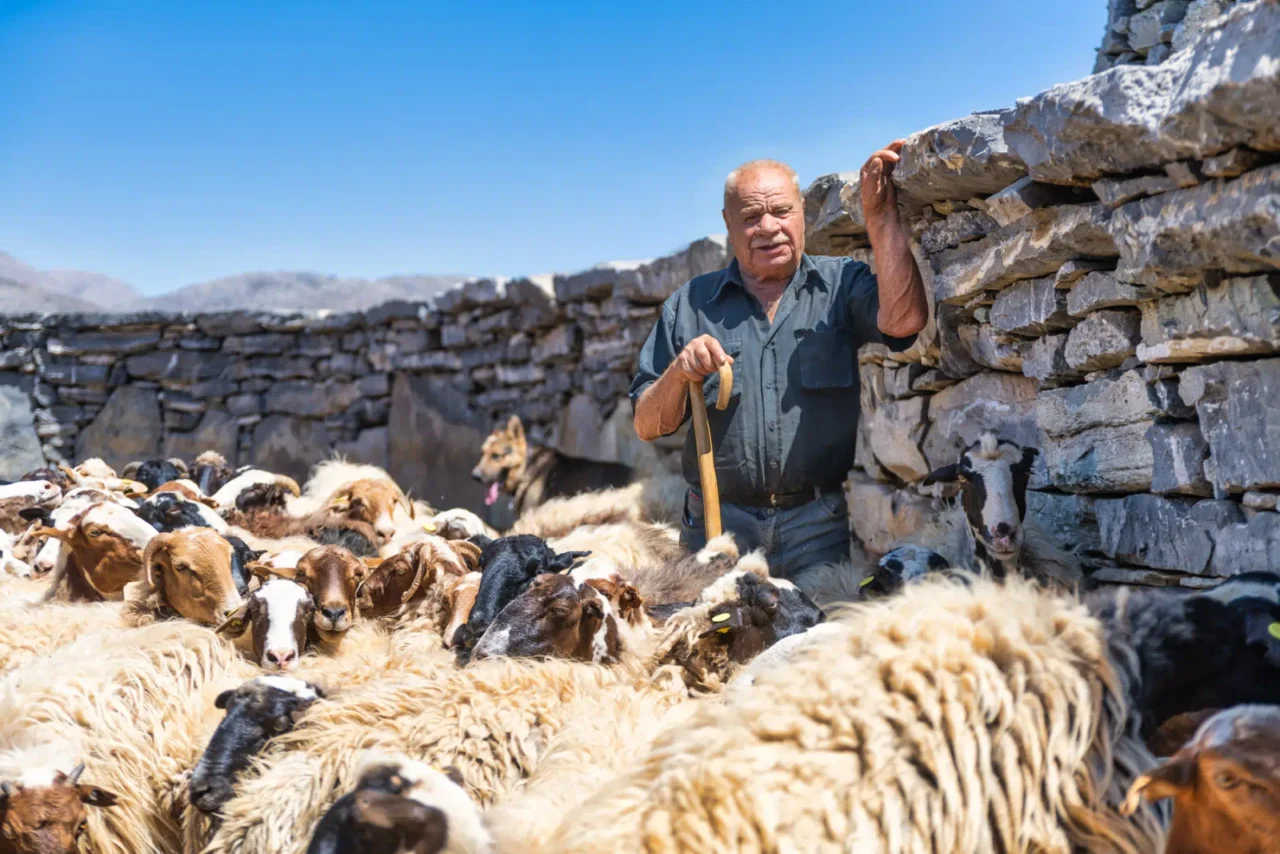
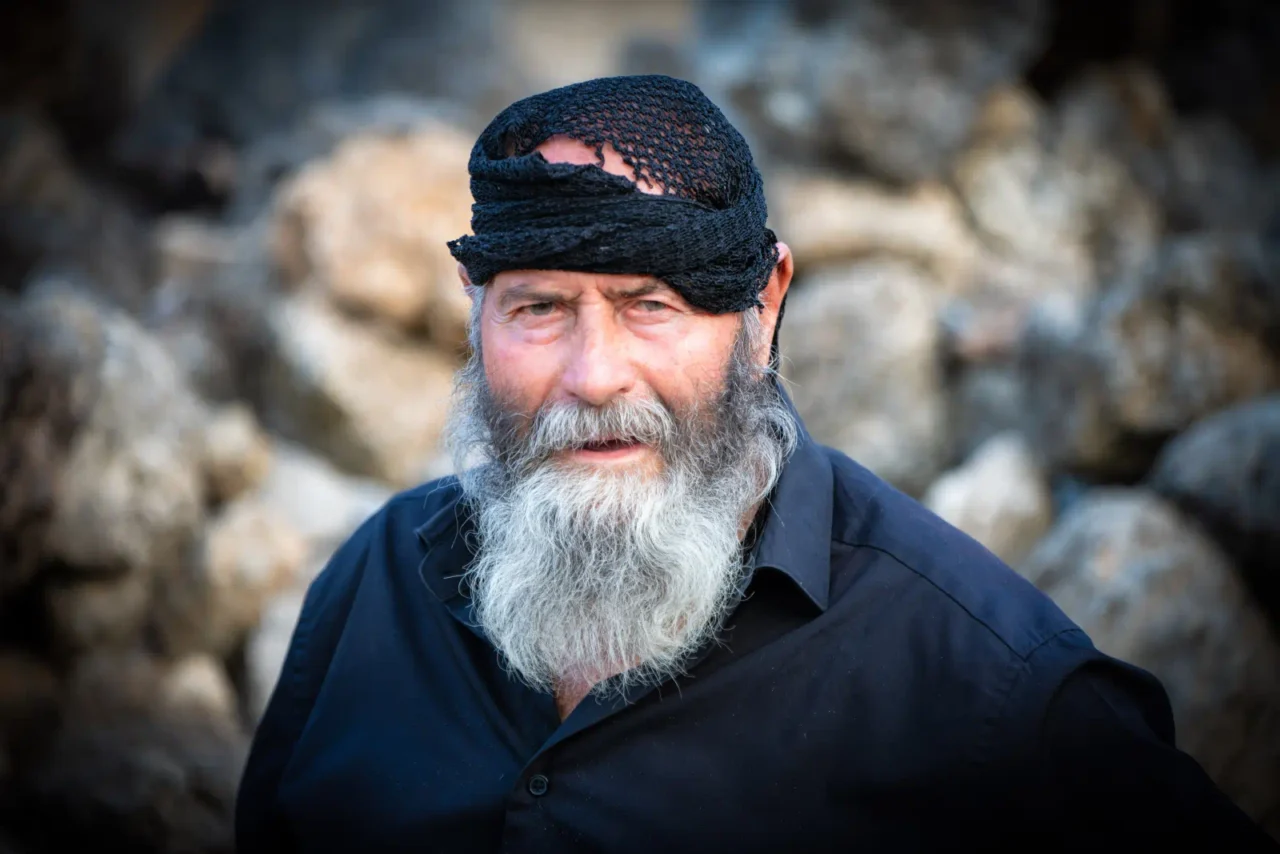
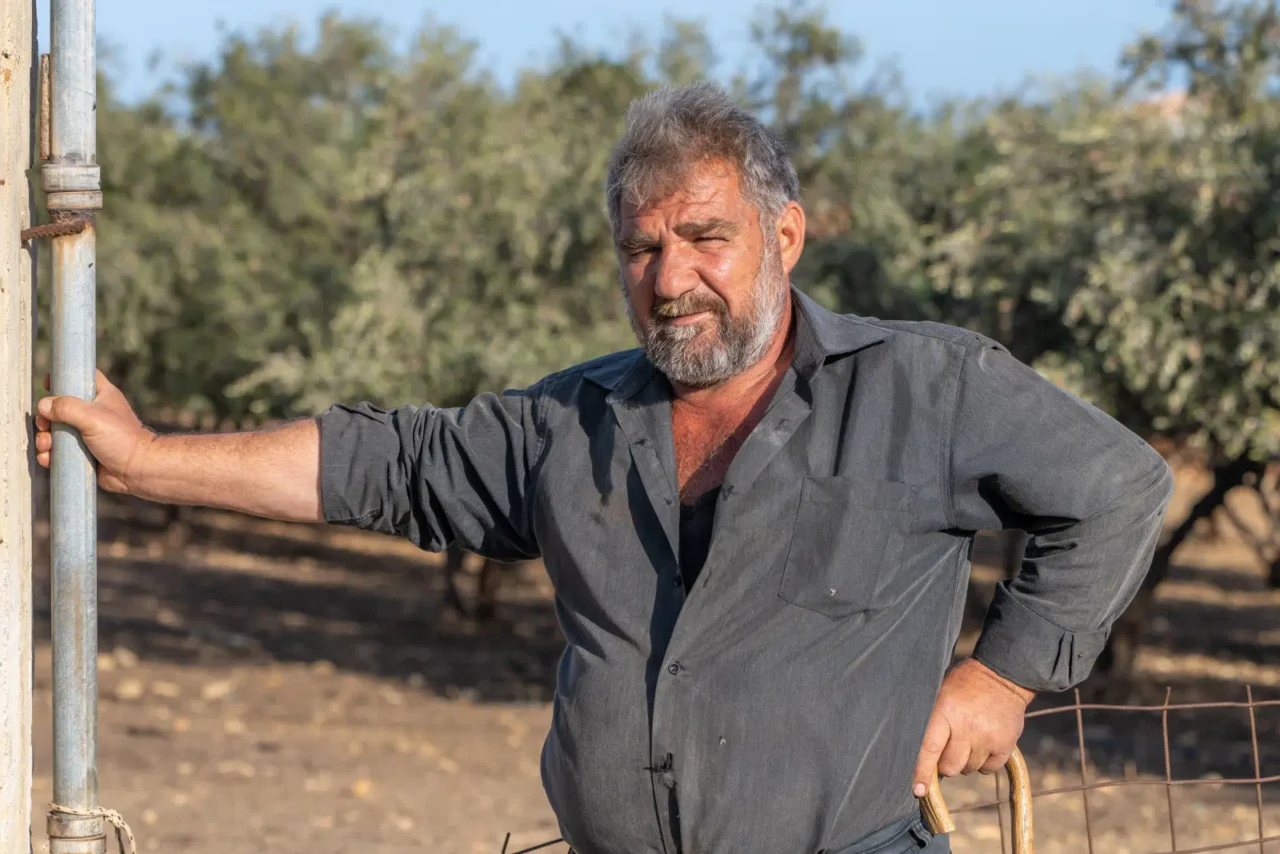
The Cretan People: A Tapestry of Resilience and Tradition
The Cretan people, shaped by their island’s unique landscape and history, are a resilient and resourceful people. They have faced numerous challenges throughout their history, from foreign invasions to natural disasters, but they have always emerged stronger. Their resilience is rooted in their deep connection to their land, their strong sense of community, and their rich cultural heritage.
The Cretan people are also known for their hospitality and generosity. They welcome visitors with open arms and share their food, their stories, and their traditions with warmth and enthusiasm. Their hospitality is a reflection of their values, which emphasize community, sharing, and respect for others.
The Cretan people are proud of their heritage and their traditions. They have preserved their language, their music, their dances, and their customs through centuries of change and challenge. Their cultural expressions are a testament to their creativity, their passion, and their enduring spirit.
Conclusion: A Living Landscape
The Cretan landscape, shaped by the complex relationship between the natural world and human actions, shows us how people and nature can exist together. The island’s unique features, its environment, economy, and culture, have all played a role in creating its special character. The ‘katouna system’, the ‘mitata’, the monasteries and their farms, and the Cretan diet all show how these different parts connect and affect each other. The people of Crete, who protect this rich heritage, continue to shape and be shaped by their island home. The Cretan landscape is a reminder of the delicate balance between people and nature, and how important it is to keep that balance safe for the future.
Reference
- Eleftherios P. Alexakis (2007), Mitata, Katounes, Metochia. Economy and Organization of Space in Crete, “Crete and Folk Culture: Localities: Resistances, Changes and Syntheses” edited by Evangelos Gr. Audikes.

